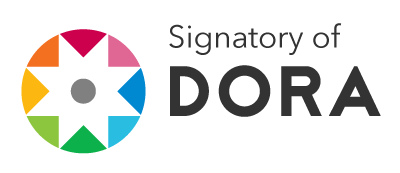FROM MILOCCA TO MILENA: THE GEOANTHROPOLOGY OF RURAL SETTLENIENT CHANGE IN CENTRAL SICILY
Resumen
This paper analyses rural scttlement cliarige in a inunicipality in west-central Sicily. The period covcrcd i approxiniately 1930-90. The historical basis of tlie comparison is tlie use of a classic hut little-known anthropological study of the village carried out in the late 1920s but not published until 1971. This text is Charlotte Gower Chapman's Milocrl~: A SicilianVillage. Although therc are some sliortcomings to Chapman's study, notably the atypicality of ihe villagc and her scant attention to the political context of Fascism and to various other aspects of rural social conflict, much of her analysis is valid as a benchmark, and the first pürt of this papcr comprises a reconstruction of the geography of Milocca (now called Milciia) sixty years ago. The second part of the paper examines the main parameters of change - population change (decline since 1951). changes in the patterning of settlement within thc municipality (consolidation in the central, main settlement and decay in the hamlcts at thc periphery), and economic changes (decline in agriculturnl employment). Specinl attention is given to the local planning contest and to how this is a reflection of political schi>iiis within the community. notably the loiig-establishecl split into two dynastic factions. Tlie village has undoubtedly been modemised but its economic future is far from secure. for it is increasingly dependent on outside hrlp in the form of migrant remittances and Statc subsidies.Descargas
-
Resumen118
-
PDF106
Las obras que se publican en esta revista están sujetas a los siguientes términos:
1. El Servicio de Publicaciones de la Universidad de Murcia (la editorial) conserva los derechos patrimoniales (copyright) de las obras publicadas, y favorece y permite la reutilización de las mismas bajo la licencia de uso indicada en el punto 2.
2. Las obras se publican en la edición electrónica de la revista bajo una licencia Creative Commons Reconocimiento-NoComercial 4.0 (texto legal). Se pueden copiar, usar, difundir, transmitir y exponer públicamente, siempre que: i) se cite la autoría y la fuente original de su publicación (revista, editorial y URL de la obra); ii) no se usen para fines comerciales; iii) se mencione la existencia y especificaciones de esta licencia de uso.
3. Condiciones de auto-archivo. Se permite y se anima a los autores a difundir electrónicamente las versiones pre-print (versión antes de ser evaluada) y/o post-print (versión evaluada y aceptada para su publicación) de sus obras antes de su publicación, ya que favorece su circulación y difusión más temprana y con ello un posible aumento en su citación y alcance entre la comunidad académica. Color RoMEO: verde.







